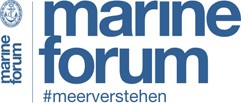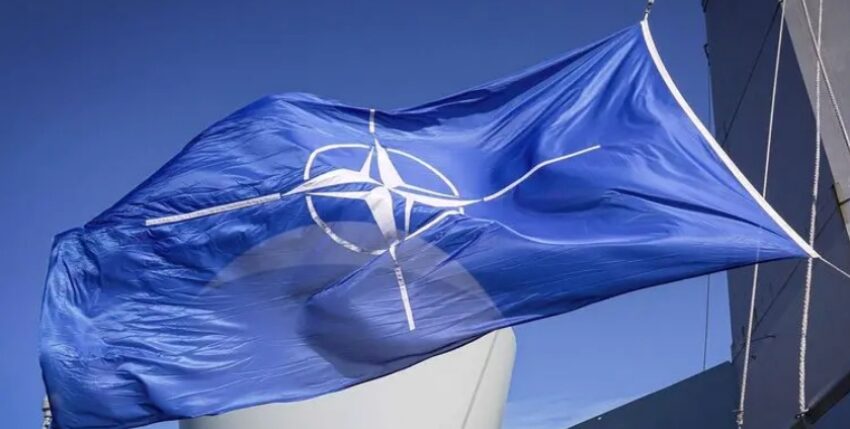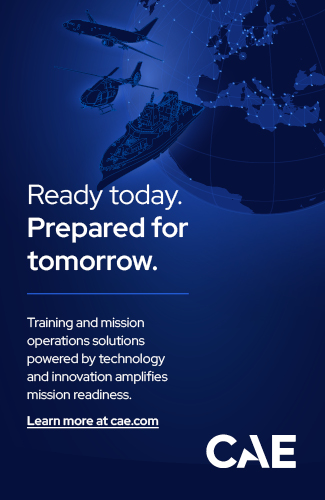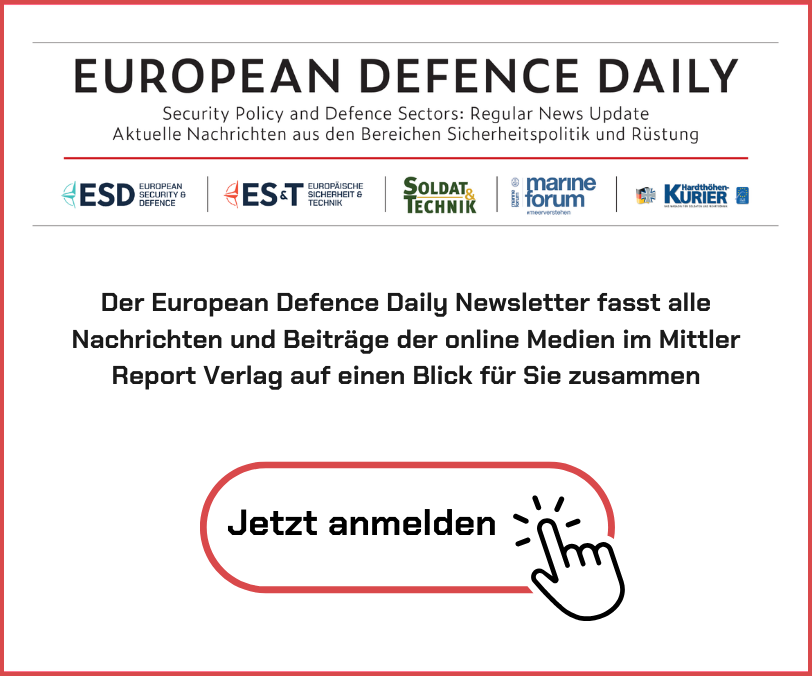The world's oceans are the lifelines of trade in goods. Over 90 per cent of global trade takes place by sea. The world and not least Germany are dependent on maritime trade.
This dependency encompasses both the economic side, such as imports and exports, as well as security policy aspects that are important for the stability of supply chains and the international order. The high seas are particularly important for armed forces in terms of security policy. Large quantities of military material and personnel can be moved by sea in a relatively short space of time. As early as the Second World War, strategic sea transport was crucial to the success of the Allies and ultimately decisive for the victory over Nazi Germany.
After more than 30 years of peace dividends and the feeling of being surrounded by friends, considerations of strategic sea transport were put on the back burner. After all, there was no danger - no enemy that might want to start a war with Germany or our NATO partners. In February 2022, however, this picture changed by 180 degrees. Russia and its aggressive invasion of Ukraine, which violated international law, lifted the fog from the eyes of some of us who had acquired a sense of prosperity. After more than three years of war in Ukraine and with the realisation that Russia could annex further territory through acts of war, the NATO armed forces and above all the Bundeswehr took on a new significance. War capability is now the buzzword. But in order to become war-ready, not only modern weapons systems or new developments are required. No, it also involves training, practising procedures and cooperating with our NATO partners. And what is the best way to do this? Through manoeuvres, of course.
From 1 to 12 September, the German Navy will be conducting the Northern Coast exercise as part of the joint Bundeswehr exercise Quadriga 2025. One part of this exercise is the strategic sea transport of military goods, the protection of sea routes and, above all, the protection of merchant ships during their transit through the Baltic Sea. The naval shipping command is involved and coordinates merchant shipping and the civilian transport ships participating in the exercise by applying Naval Cooperation and Guidance for Shipping (NCAGS), including the use of the Allied Worldwide Navigational Information System (AWNIS), in order to ensure freedom of navigation and convoy operations. The importance of this exercise can be seen in the number of participants from our NATO partners this year. 42 NCAGS/AWNIS servicemen and women from 7 NATO nations are supporting the naval command in implementing and achieving the objectives of this major manoeuvre. The main burden of the personnel is once again borne by reserve service personnel. Three quarters of the 42 comrades are reservists alone. We can't do it without them and they form the backbone of our work in the NCAGS/AWNIS community!
Author: Steffen Lange, Head of MSchLtg HH
Photos: Bundeswehr / Mühe, Hoppe, Lehmann










